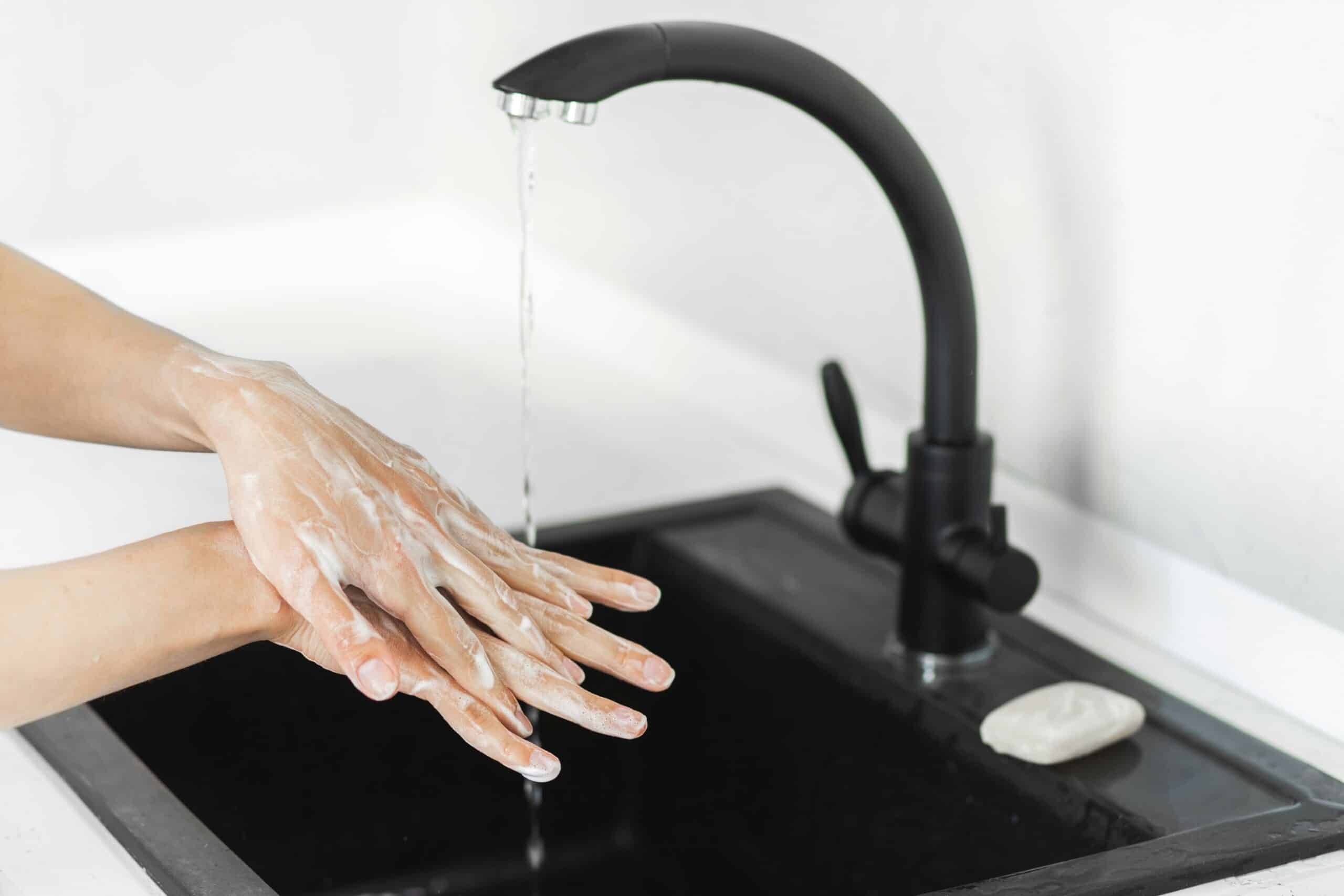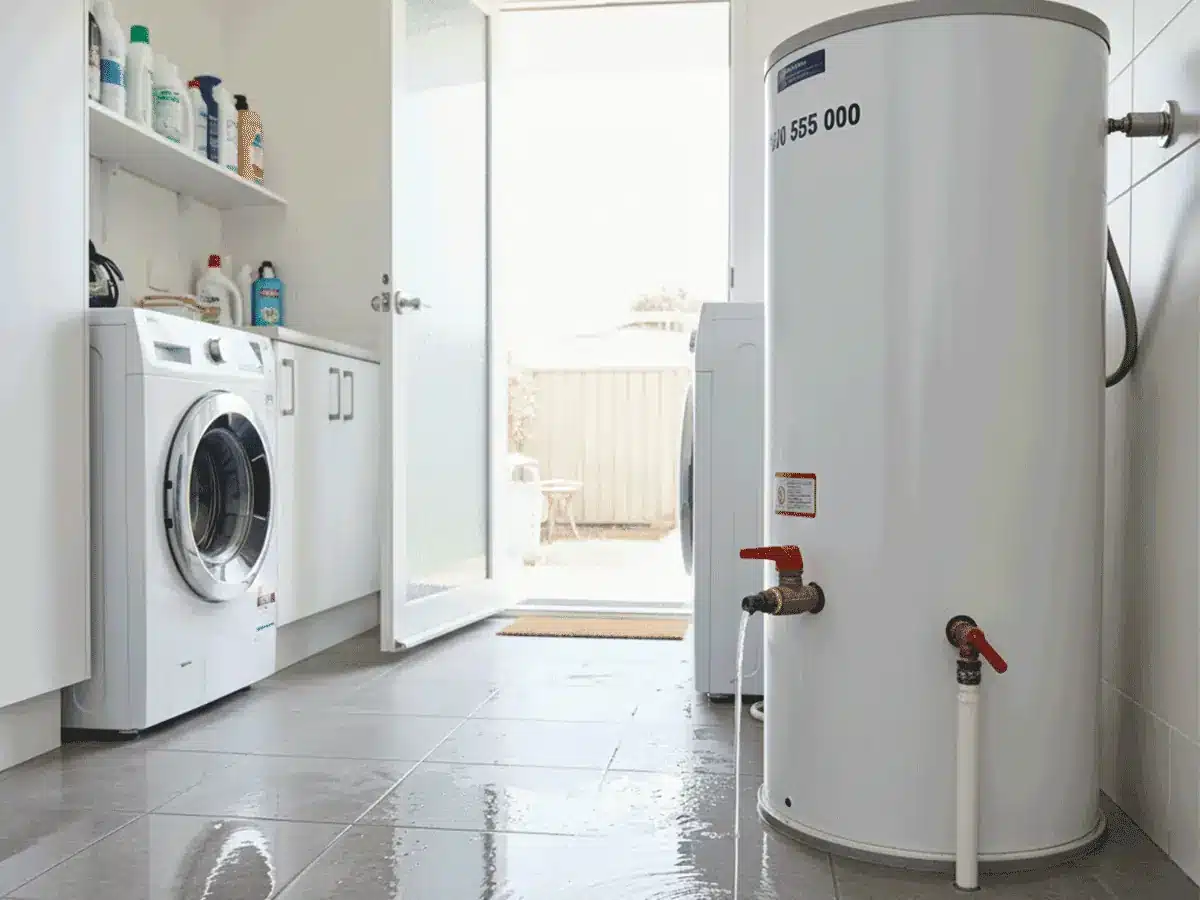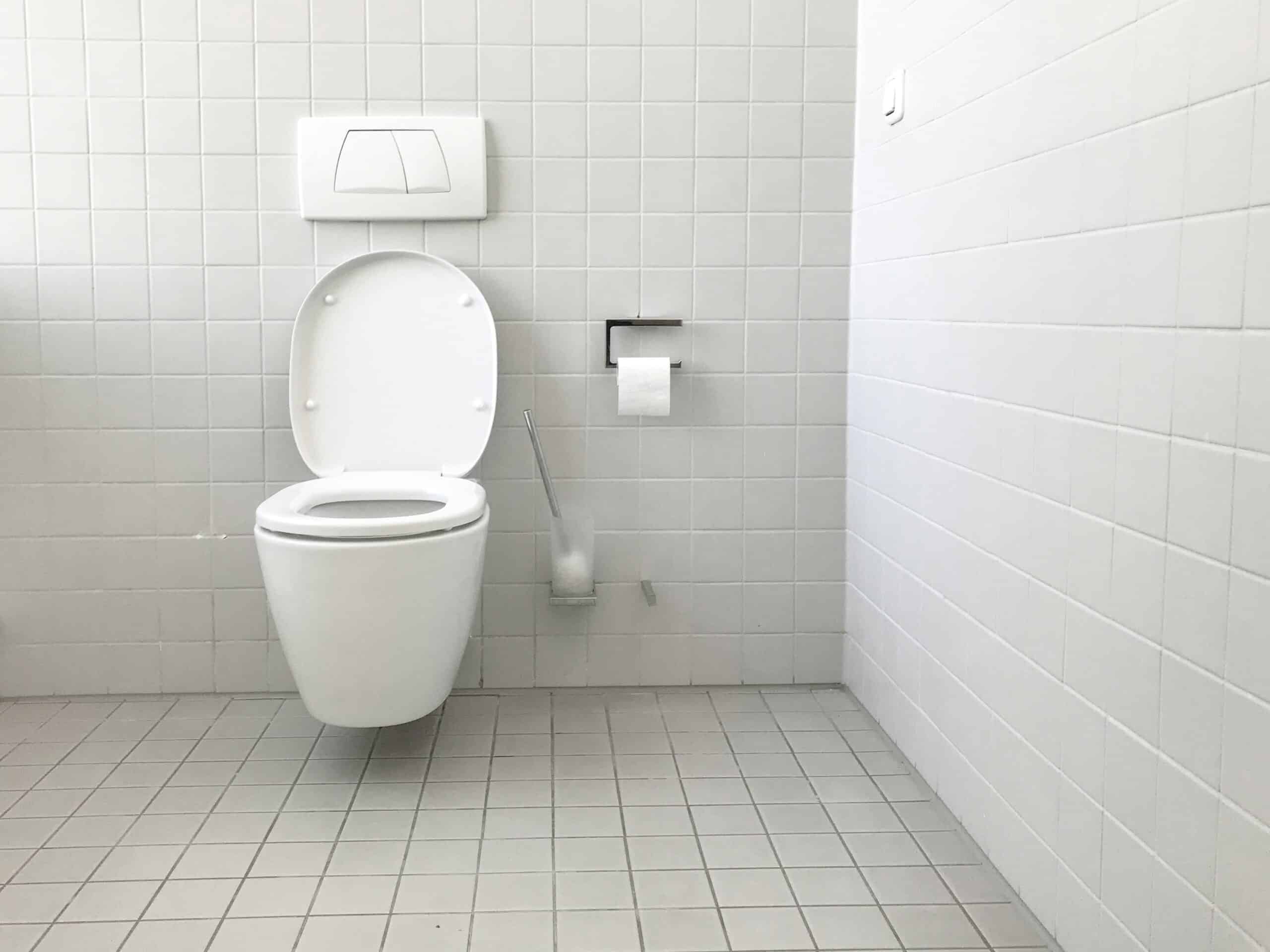Low water pressure can turn a quick shower into a slow trickle and make simple tasks like washing dishes frustrating. In many cases, the cause is something simple you can fix yourself. Other times, it’s a sign of a bigger plumbing problem that needs professional attention.
In this guide, we’ll walk you through the most common reasons for low water pressure, how to troubleshoot it, and when to call in a licensed plumber.
1. Check If It’s Just One Tap or the Whole House
The first step is to figure out whether the low pressure is isolated or affecting all fixtures.
- One tap only: The issue could be with the tap itself, a blocked aerator, or a localised pipe problem.
- Whole house: This could mean a main water supply issue, a leak, or problems with your plumbing system.
2. Look for Simple Fixes First
Some low-pressure problems have quick, DIY solutions:
- Clean the aerator: Mineral build-up can block the small mesh at the end of your tap. Unscrew it, rinse it, and screw it back in.
- Check your isolation valves: If someone recently did plumbing work, a partially closed valve could be restricting flow.
- Inspect shower heads: Limescale can block spray nozzles. Soak them in vinegar to break it down.
3. Common Plumbing Issues That Reduce Water Pressure
If you’ve ruled out the easy fixes, the cause could be one of these:
Hidden Leaks
Even a small leak in your pipes can cause noticeable drops in pressure — and waste a lot of water. If you suspect a leak, it’s worth getting a leak detection specialist to find and fix it fast.
Blocked or Damaged Pipes
Old pipes can corrode or become blocked with mineral deposits, restricting water flow.
Hot Water System Problems
If the low pressure is only on the hot water side, your hot water unit may be the culprit. Issues like sediment build-up in the tank or a faulty tempering valve can restrict flow. Learn more in our hot water systems guide.
Blocked Drains
While blocked drains are more about water going out than coming in, they can sometimes be linked to pressure issues if there’s a bigger plumbing system problem. Our blocked drain service covers everything from minor clogs to complete blockages.
4. When to Call a Professional
If you’ve tried the basics and the water pressure is still low, it’s time to get a licensed plumber involved. Professional testing can quickly pinpoint the cause and prevent damage to your pipes, fixtures, and appliances.
At ASAP Trades, we provide rapid response plumbing for leaks, blockages, hot water issues, and more — backed by expert workmanship and friendly service.
5. How to Prevent Future Low-Pressure Problems
- Service your hot water system regularly.
- Avoid pouring grease, food scraps, or coffee grounds down drains.
- Check for small leaks before they become big problems.
- Install water-efficient fixtures that maintain strong flow.
Final Word
Low water pressure is annoying — but it’s also a warning sign. Fixing it early can save you from costly water damage and help keep your home’s plumbing in top shape.
If you’re dealing with stubborn low water pressure or just want your plumbing checked over, contact the team at ASAP Trades today.




